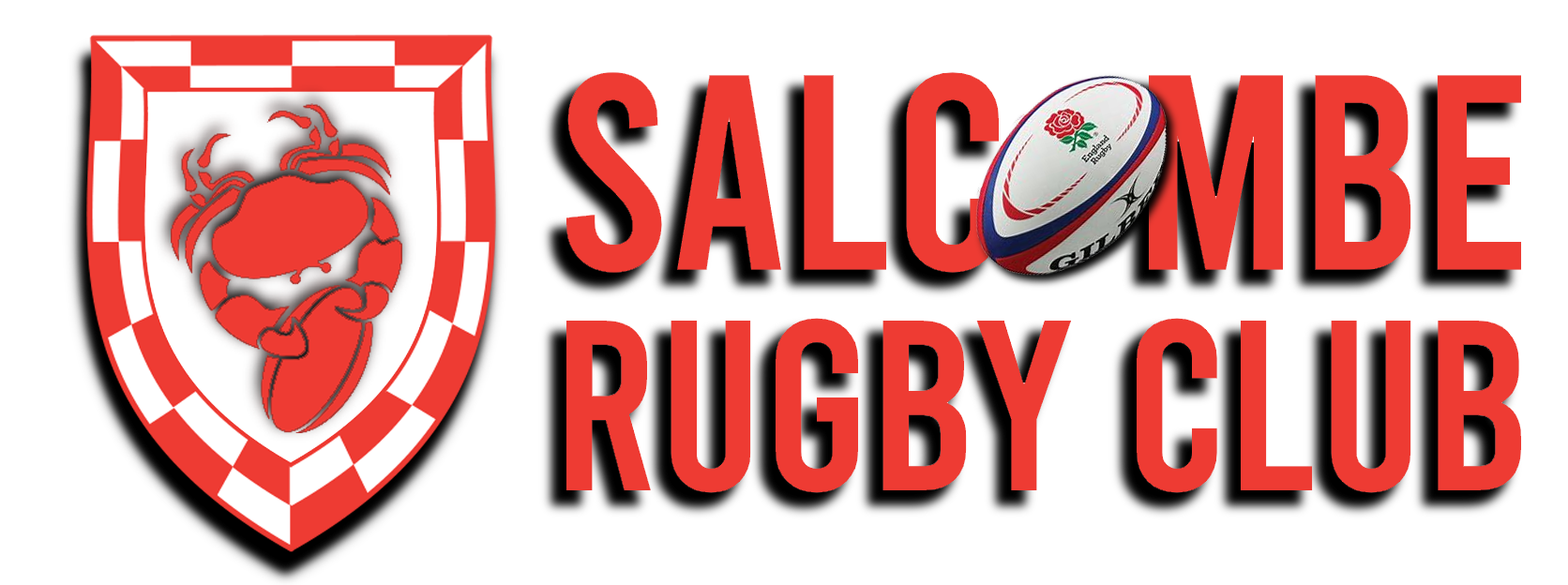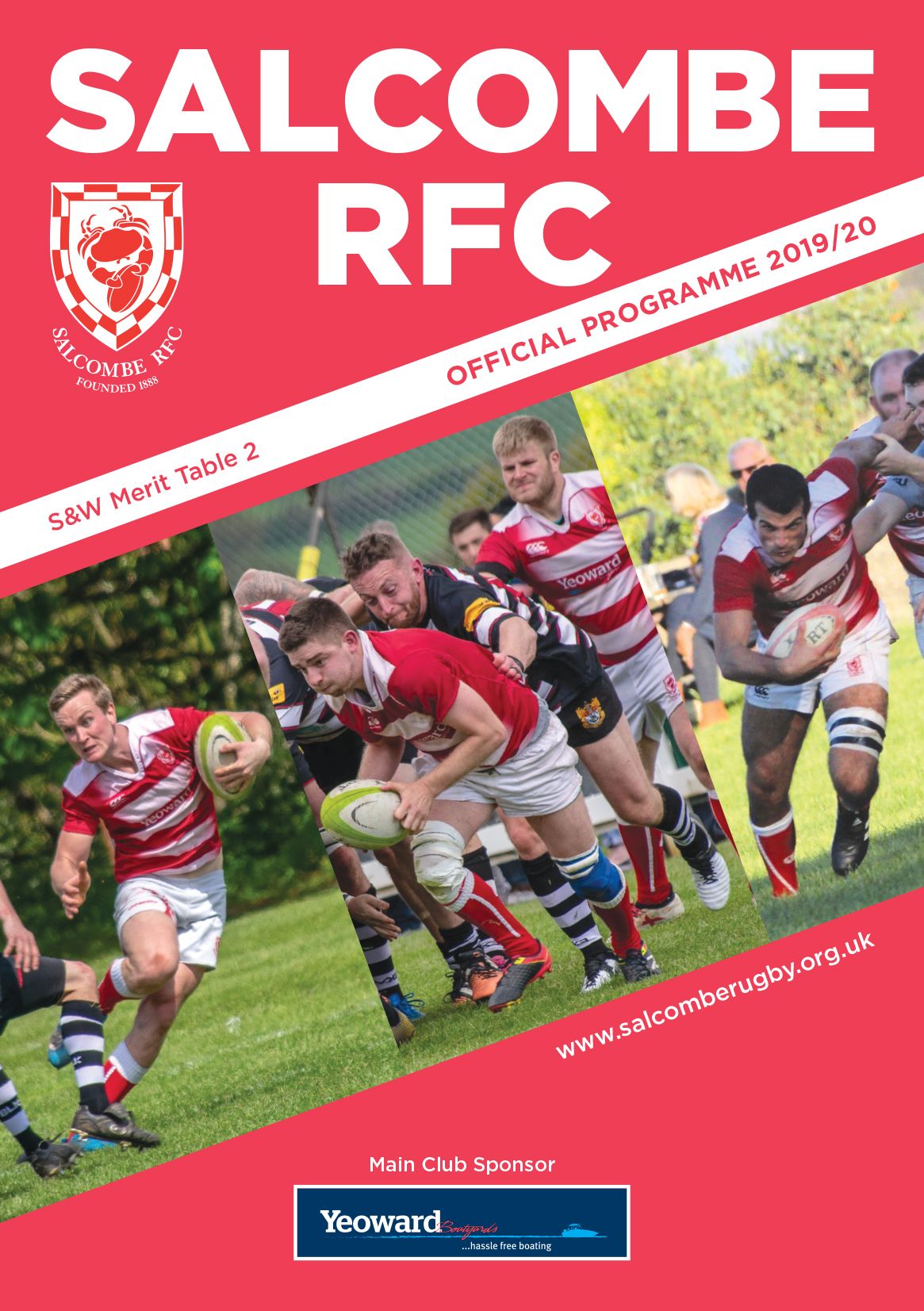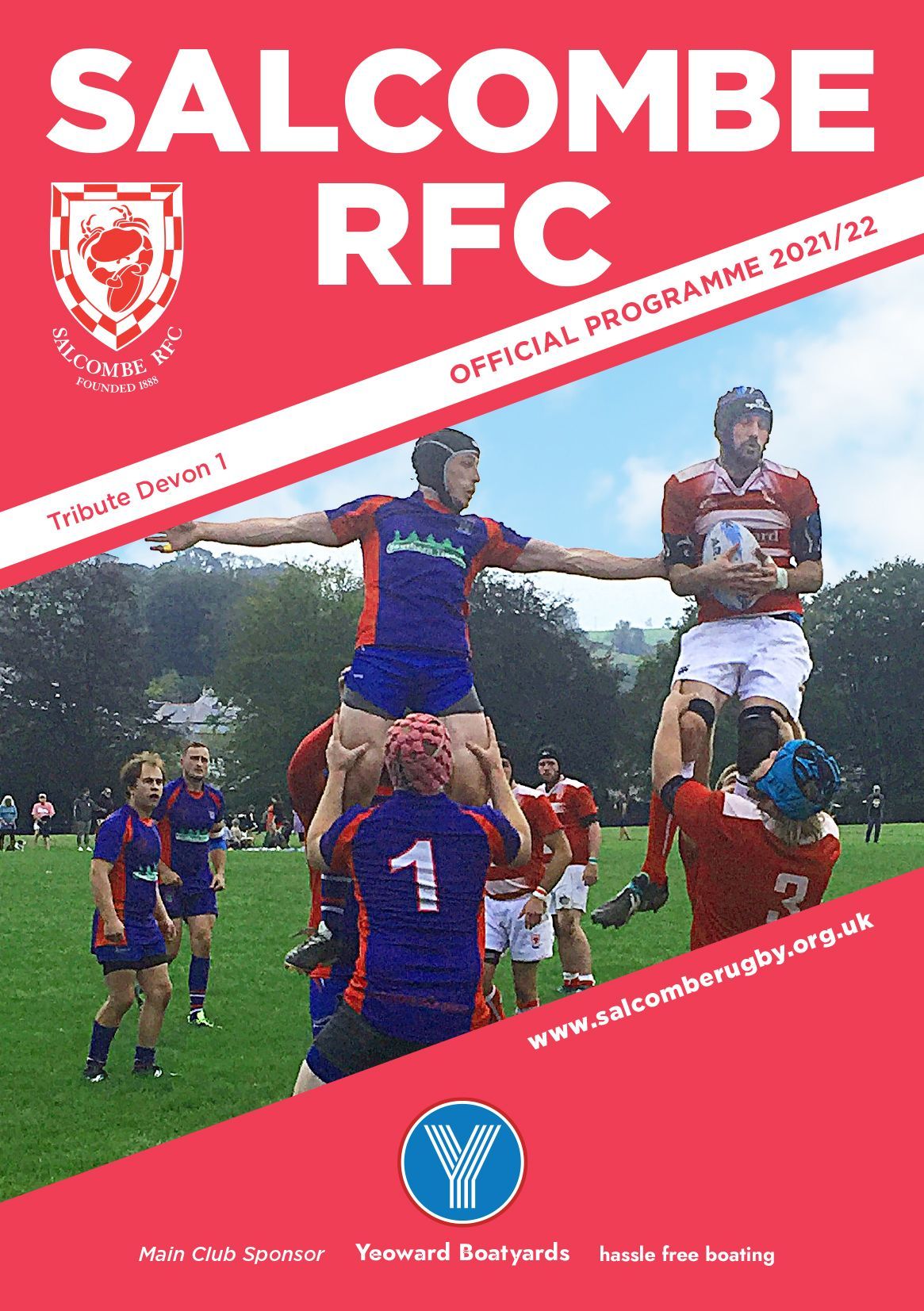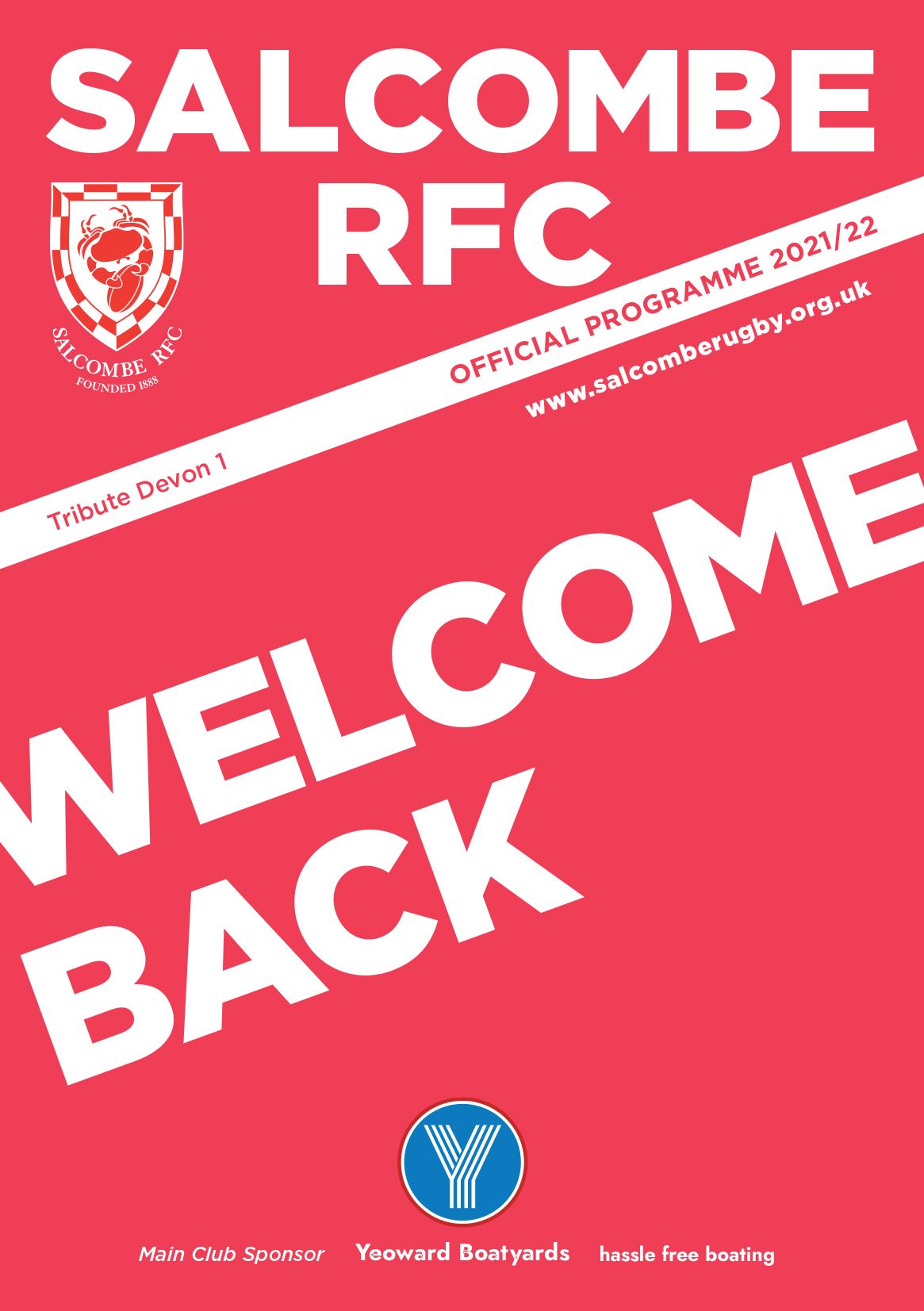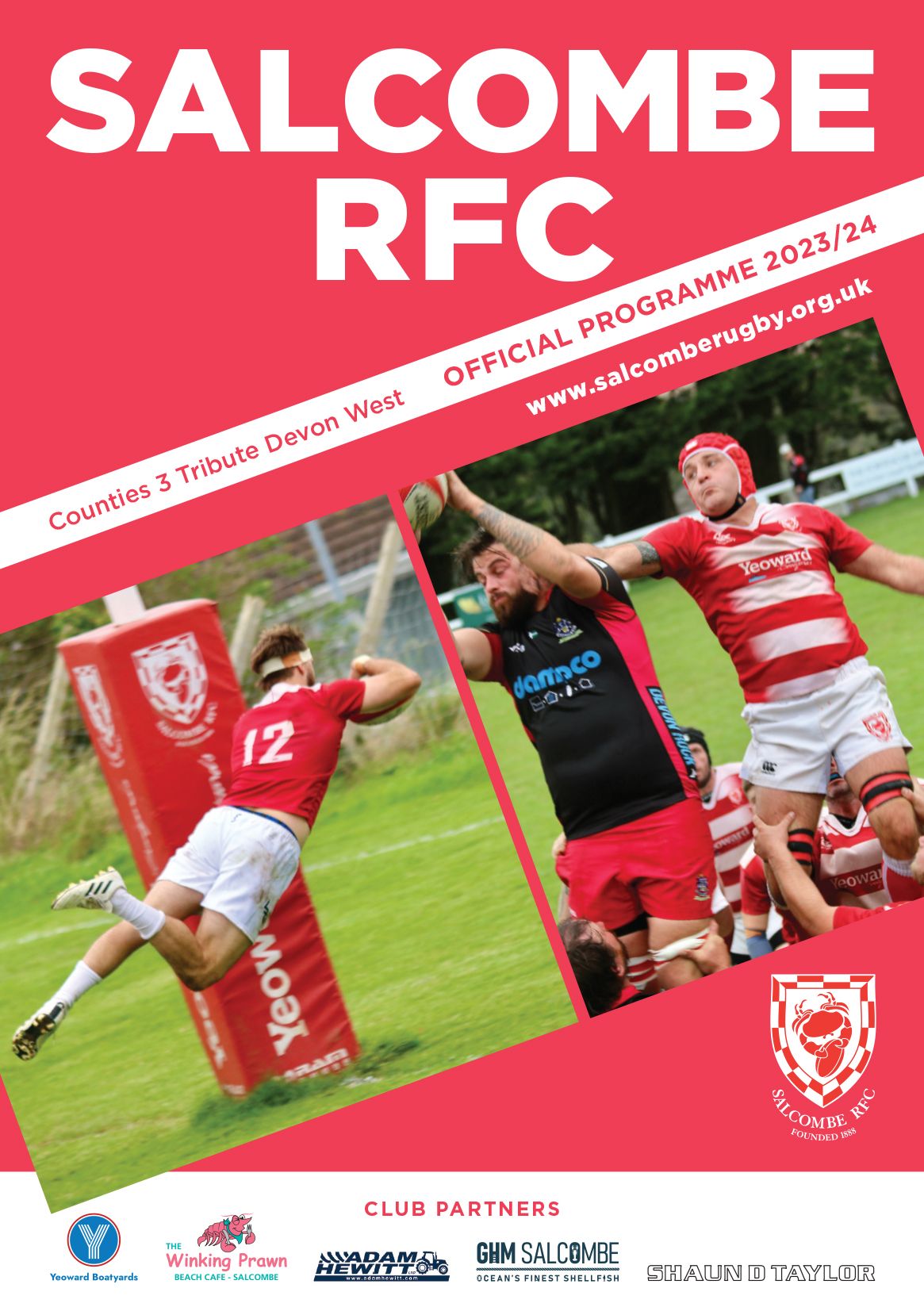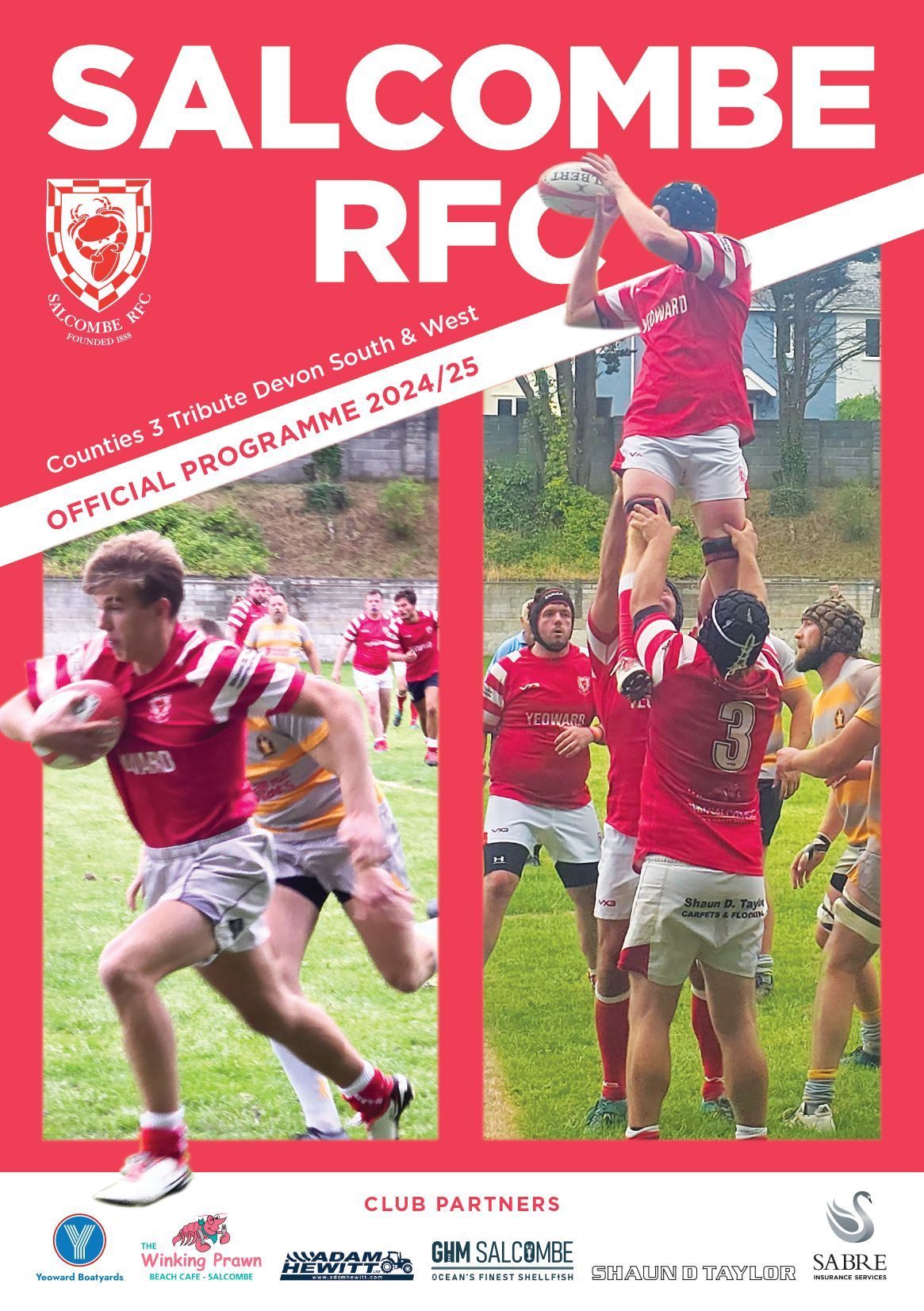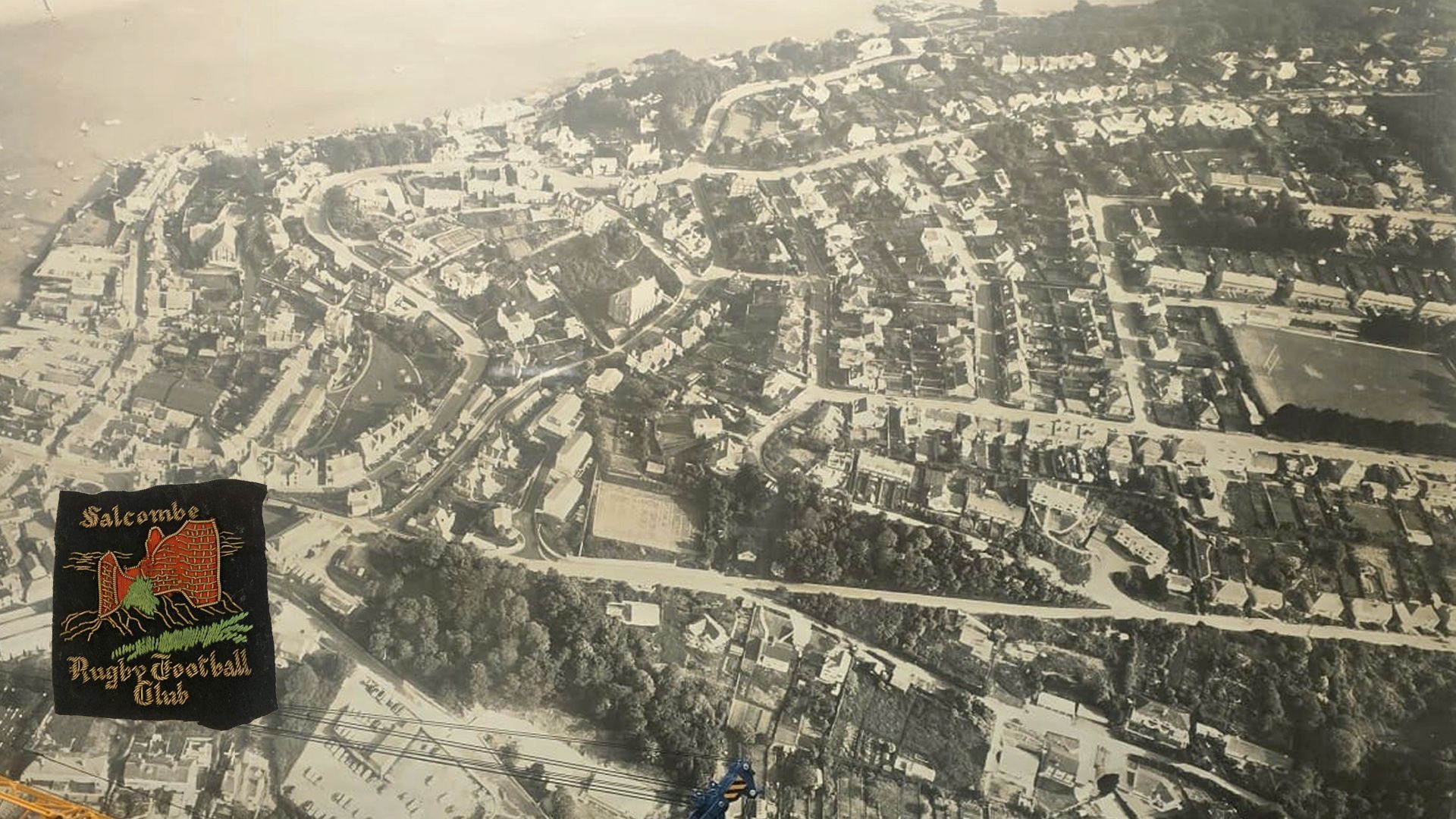
history

Salcombe R.F.C, was founded in 1887/8 season by the Rev W. Dowglass, (pictured above) curate of Holy Trinity Church and just down from the Varsity.
His enthusiasm for youth brought together the local lads. Early matches were played at East Portlemouth on a near level field behind the Church. After the games the lads betook themselves to the sea at Ivy Cove (now called Smalls Cove) for a bath and then returned to Salcombe by boats for liquid refreshment. Kingsbridge were early rivals, but Salcombe often travelled to Plymouth and East Devon by horse drawn vehicles.
In East Devon at Ottery St. Mary they were known as the South Devon Savages. The cry when in possession was "gi the ball to Dowglass". He was a wing threequarter of incredible speed, and was often 'ruffed' when tackled. One local lad, a certain Steve Chilvers, decided to put an end to this, and rumour has it that Chilvers lifted one would-be tackler bodily and threw him into a stagnant pond beside the pitch. That settled the matter for a while and Salcombe went on to win the match.
As enthusiasm for the game progressed matches were arranged with Plymouth teams (notably the Ramblers) and St. Budeaux on a home and away basis; also Newton Abbot and Torquay sides. Kingsbridge followed suit and there was no difficulty in finding a full winter's fixture list. Matches were first of all played at the Halfway Field (originally part of Maryknowle Farm and now part of Churchill Farm) and later at the top of Batson Hill in a walled field known as "Paddlers Field" after Paddier Hannaford who kindly loaned it to the Club at a nominal rental. Salcombe had built up a splendid team with people like Bill Britten, Beynon Thorning (when on furlough); also on the list were Gerald and Lennox Shepherd, Dr D.O. Twining (of Blackheath and a famous Barbarian), James (Jas) Jellard, Slippery Kendal were also prominent, Jarvis Rodgers and Slippery Kendal formed a fine halfback combination, and with Thomas Field and Bob Stephens fullbacks of outstanding kicking performance, Vivian Adams an enormously fast wing threequarter, Toby Pratt in the centre (robust tackler) a rosy future was evident.
Playing against Paignton on the halfway field Arthur Toms made one or two doubtful tackles and Slip Kendal and Arthur Weeks the Salcombe hooker decided to sandwich him. This they did most effectively and he learnt his lesson.
The field opposite Paddlers field was used after World War Il and Peter Jackson of the Old Edwardians (and an England wing threequarter) surpassed himself by scoring no fewer than 10 tries. He was fed with high kicks from the bottom touchline, the Old Boys having viewed the ground on the morning of the match. Toby Pratt, who refereed this match, made it his last. The Second Path Field was notable for a match with Kingsbridge refereed by the Rev J.R. Pilkington who was attacked by a Kingsbridge supporter with an umbrella. Tubby Jenkins and the referee suffered the abuse of the late Harry Cook, who called him a bloody cheat.
The Halfway Field saw a Devon Junior Cup Match with Newton Abbot Reserves. This match nearly wasn't played because the Devon R.F.U. would not allow a Cup match to be played on a field without a grandstand. This was remedied by the then Chairman, R.H. Partridge, who arranged for his workmen to hastily erect onel The home team won and went on to play Teignmouth on the Kingsteignton pitch. Salcombe made many occasions into the Cup sphere, and at one time held the Lockie Cup for Plymouth combination teams and the Barry Cup, presented by Capt Barry of Buckfastleigh because of the many sporting encounters he had had with Salcombe in Dr D.O. Twining's day.
When I view the present day International and the fisticuffs which take place 1 don't think that we were any different. One of our players, Dennis Lock had his finger bitten off in one of the matches.
Much fun was had in the drinking in the aftermath, and on one occasion our captain, Herbert Merrifield, at the presentation in the Town Hall congratulating Buckfastleigh on their victory remarked that if the cup did not produce better rugger than they had seen that afternoon, Capt Barry 'may as well stuff the cup up his arse.
On another victorious occasion the late Felix Stone ended up by spewing over the policeman boots and William Tucker "the Bishop" at midnight was picked up out of the gutter clutching the Cup and saying 'if you want this you must fight me'.
It now became time to acquire a permanent home within the town's compass and two large fields between Raleigh and Camperdown Roads were acquired with a workable quarry in them. The stone taken out was used to build the lower retaining wall. Work was scarce at the time and William Yeoman (Snr), Plumber and Sidney Paul, his partner, offered to do this to keep their staff in work. A nominal fee was paid them for hours worked. Plots of land were sold off at 2/6d. a square foot, and carnivals were also held, with W. Hannaford Snr the Carnival Marshall. William Distin, a local builder, built the wall around the ground with blocks made from Moorsands Beach sand. Opening day came with Bill Jeffery's bringing a team up from Plymouth. Devon County players, Plymouth Albion players including English internationals Eddie Richards (scrum half), Jerry Hamley, Erb Stanbury, Bart Sparkes and Charles Gummer, also Wallace the New Zealand winger.
Salcombe with a home was now able to develop a team of considerable strength with players of the calibre of Aubrey Distin, Jack Jarvis, Cyril Griffiths, Leslie Wilkins, Gerald and Lennox Shepherd, Jarvis Rodgers, Basil Rodgers, Herbert and Henry Merrifield, Harold Prowse, William Callard, Percy Partridge and George Sedgwick. There was also a wealth of juniors to replace should there be the need. Samual Pope Cranch of Batson - a retired naval pensioner - took charge of these. His 'kindergarten' included Mike Cove, Lem Lapthorn, Henry 'Bronzo' Youlden, Arthur Quick, Jack Strawbridge and Arthur Curtis.
So proficient had they become that they took on Buckfastleigh for the Barry Cup. Arthur Curtis nearly produced a riot when they tried to break down a dressing room door. He merely said (incidentally we had lost) "the match is null and void as you had no official referee". Anyway alls well that ends well and a good evening was had by all.
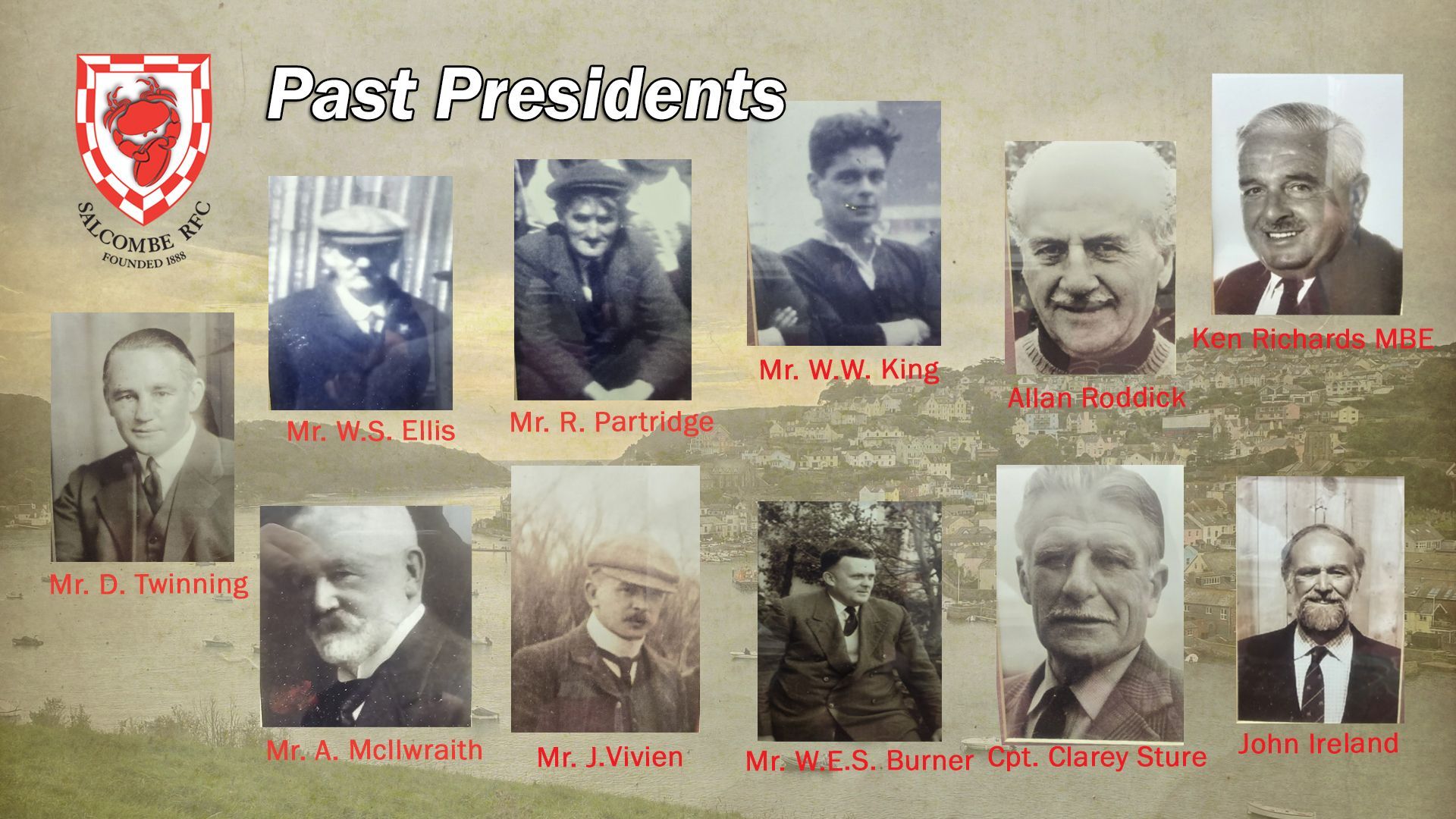
The Pre War Twomeads
When the pitch was first constructed it had a drop of 17 feet from goal line to goal line, and a touchline drop of 10 feet. This was the best that could be achieved. However, when war broke out, the ground was commandeered by the Admiralty for the American forces prior to D-Day. A number of sheds were built to accommodate the troops and when war ended the natural thought was for the club to regain possession. This was not to be and German prisoners of war were housed there under a Ministry of Works order.
It took the club three years to regain possession, and this came about in a strange way. A letter was sent to the Minister of Works who was an old Cambridge Blue and a relation of the late Capt W.R. Been, and his signature gave us the ground immediately saying that we would have to pay and he would refund by return. To this end he kept his word.
We made a deal with the contractors to allow the rubble from demolition to remain, if they would give us a near level ground. This they did as near as was humanly possible. Road widening and nearby building enabled us to get topsoil free of charge and this mixed with 2,000 tons of sand from Millbay (this was brought the long way around by road in a fleet of lorries - taking about a week) gave us the necessary covering. It was eventually sown with "Twickenham Mixture" a mixture of grasses including a large amount of rye grass for hard wearing. There remained, however, quite a few headaches to come, including a wet patch on the lower touchline at both ends. Small pieces of shellet kept appearing through the grass and cut knees there were in plenty. Eventually the stones were dealt with by parties of players raking them clean. Suffice it to say that we ended up with a field of a drop from end to end of 2 feet and laterally 5 feet. A great deal of money was raised by the Ladies Committee and Supporters Club, who organised large carnivals and dances etc. During the demolition of the site the contractors also damaged a small Club room which we had, so we received compensation for this and decided to rebuild ourselves a larger one with kitchens and a bar (this is now our bar area). More recently, the clubhouse was extended further and the space below was turned into a junior club room.
During construction of the present clubhouse a lion's share of effort was contributed by Beanie Moore, who's efforts at this and other times were acknowledged by him being made an Honorary Life Member.
Let us look forward to another 100 years of Rugby in Salcombe.
